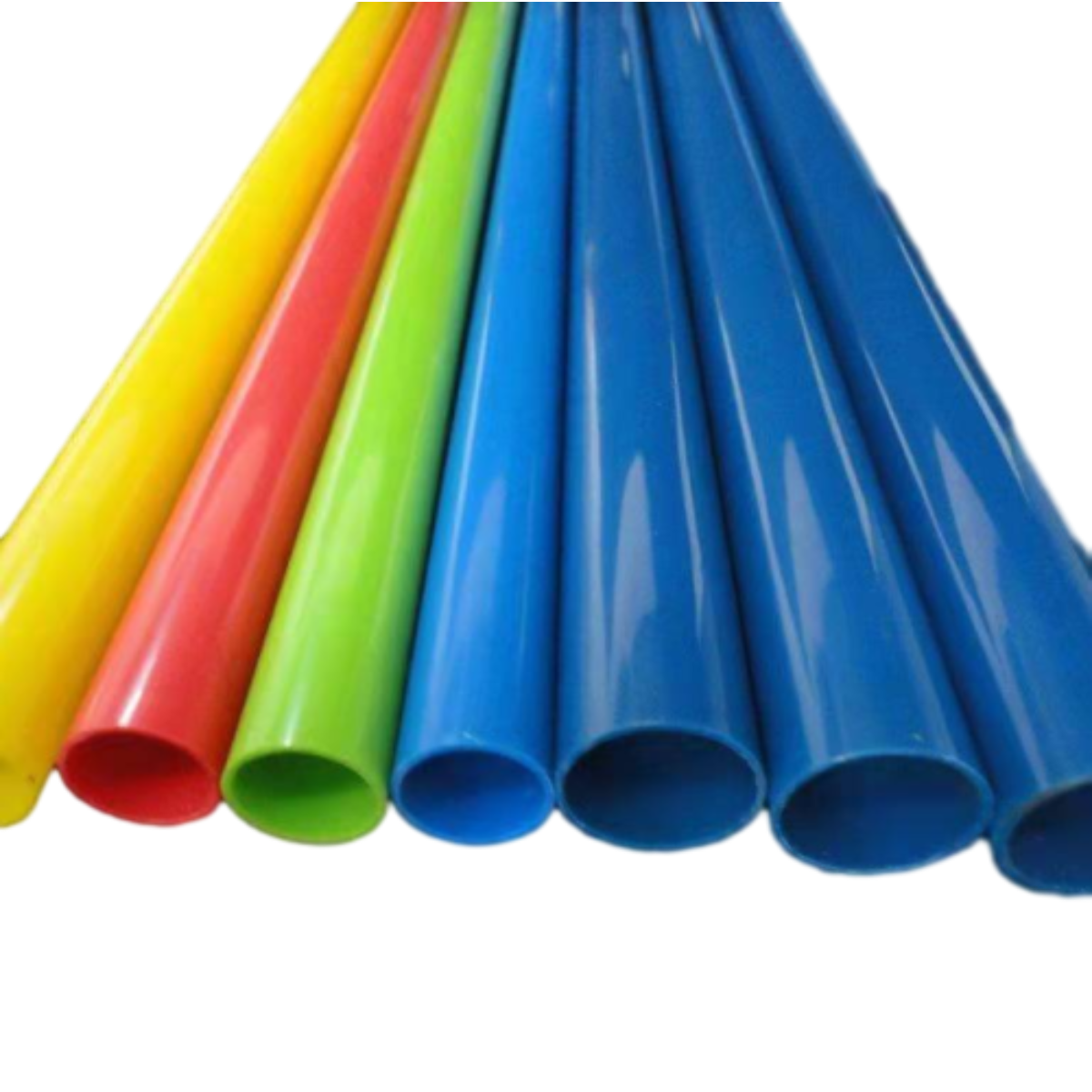Nov . 21, 2024 23:23 Back to list
ppr pipe for cold water manufacturer
PPR Pipe for Cold Water A Comprehensive Overview
PPR (Polypropylene Random Copolymer) pipes have gained immense popularity in the plumbing industry, particularly for cold water applications. Their unique characteristics make them a preferred choice for both residential and commercial constructions. This article delves into the advantages, manufacturing processes, applications, and considerations surrounding PPR pipes for cold water systems.
Understanding PPR Pipes
PPR pipes are made from a type of plastic that offers excellent performance in cold water systems. Unlike traditional materials, such as metal or PVC, PPR pipes are known for their durability, corrosion resistance, and lightweight properties. The random copolymerization in their molecular structure gives these pipes an added advantage by enhancing their flexibility and impact resistance.
Advantages of PPR Pipes for Cold Water Use
1. Corrosion Resistance One of the most significant benefits of PPR pipes is their resistance to corrosion. Unlike metal pipes that can rust over time, PPR pipes do not corrode, ensuring a longer lifespan and reducing maintenance costs.
2. Non-Toxic PPR pipes are non-toxic and do not leach harmful substances into the water, making them a safe choice for drinking water systems. This property is crucial for ensuring the health and safety of users.
3. Thermal Insulation PPR pipes offer good thermal insulation properties. They can help maintain the temperature of cold water, preventing condensation and improving the energy efficiency of plumbing systems.
4. Easy Installation The lightweight nature of PPR pipes simplifies transportation and installation. They can be easily cut, welded, and connected, reducing labor costs and installation time.
5. Cost-Effective While the initial investment in PPR pipes may be slightly higher compared to traditional materials, their longevity and low maintenance requirements make them cost-effective in the long run.
Manufacturing Process of PPR Pipes
The manufacturing of PPR pipes involves several critical processes to ensure quality and performance. The first step is the selection of high-quality polypropylene raw materials. The raw material undergoes polymerization, which creates a random copolymer structure, providing the desired physical properties.
Once the polymer is prepared, it is fed into an extruder. The extruder processes the material at high temperatures, turning it into a molten state. This molten plastic is then shaped into pipes using a die. After shaping, the pipes are cooled and cut to the desired lengths. Quality control is paramount at this stage, with tests conducted to check for dimensions, strength, and other specifications.
Applications of PPR Pipes
ppr pipe for cold water manufacturer

PPR pipes are versatile and can be used in a variety of applications involving cold water
- Residential Plumbing PPR pipes are widely used for residential cold water supply systems. Their durability and ease of installation make them ideal for new constructions and renovations.
- Commercial Buildings In commercial establishments, where plumbing systems are more complex, PPR pipes provide reliability and performance under varying pressures.
- Irrigation Systems PPR pipes are also used in agricultural irrigation systems due to their resistance to corrosion and moisture, ensuring a consistent water supply.
- Recreational Facilities Swimming pools and water parks often utilize PPR piping for their cold water systems to ensure durable and safe water transport.
Considerations When Choosing PPR Pipes
While PPR pipes offer numerous advantages, it’s essential to consider a few factors before making a choice
1. Pressure Ratings Ensure that the PPR pipes chosen are suitable for the specific pressure requirements of the cold water system.
2. Temperature Limitations PPR pipes are designed primarily for cold water applications, typically not exceeding 60°C. For hot water systems, a different piping material may be required.
3. Quality Assurance Choose manufacturers that comply with international standards and provide certifications for their products. High-quality PPR pipes will ensure reliability and performance.
4. Installation Practices Proper installation is critical for the longevity of PPR pipes. Ensure that skilled professionals carry out the installation to prevent any issues down the line.
Conclusion
PPR pipes for cold water systems offer a myriad of benefits that make them an attractive choice for various applications. Their durability, corrosion resistance, and cost-effectiveness contribute to their growing popularity in modern plumbing systems. By understanding their properties, manufacturing processes, and applications, consumers can make informed decisions that enhance the efficiency and longevity of their plumbing infrastructures.
-
High-Quality PVC Borehole Pipes Durable & Versatile Pipe Solutions
NewsJul.08,2025
-
High-Quality PVC Perforated Pipes for Efficient Drainage Leading Manufacturers & Factories
NewsJul.08,2025
-
High-Quality PVC Borehole Pipes Durable Pipe Solutions by Leading Manufacturer
NewsJul.08,2025
-
High-Quality PVC Borehole Pipes Reliable PVC Pipe Manufacturer Solutions
NewsJul.07,2025
-
High-Quality UPVC Drain Pipes Durable HDPE & Drain Pipe Solutions
NewsJul.07,2025
-
High-Quality Conduit Pipes & HDPE Conduit Fittings Manufacturer Reliable Factory Supply
NewsJul.06,2025

